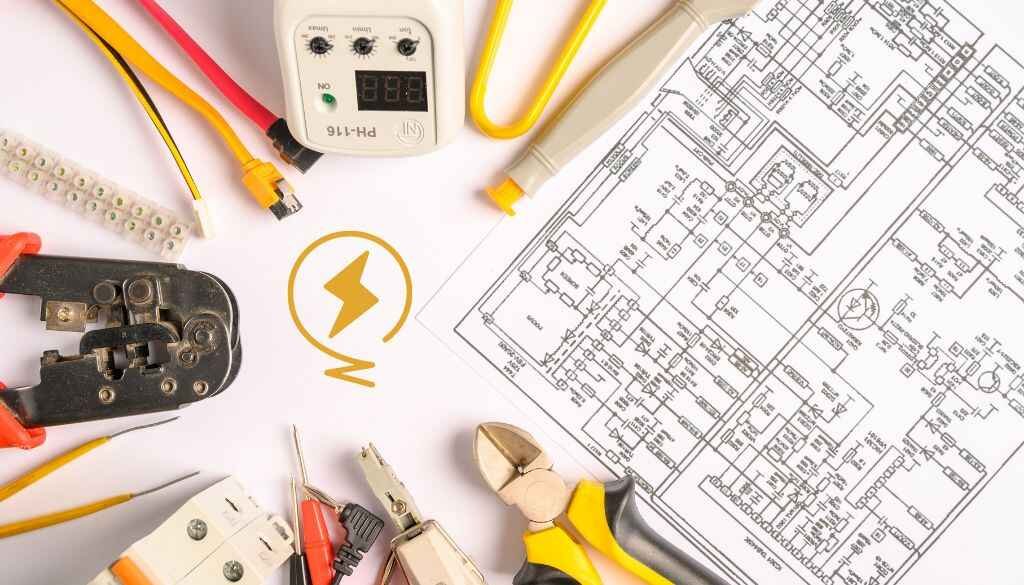Key Takeaways:
- Understand different electricity plan options available.
- Learn how to compare electricity rates and read the fine print.
- Tips for cutting down energy consumption and finding the right provider.
Introduction
Choosing the right one can be overwhelming with the many electricity providers and plans available. From variable to fixed-rate Electricity Plan, each option has its own benefits and drawbacks. To simplify your decision, learning how to choose your electricity provider wisely is crucial. This guide aims to help you navigate this landscape and make an informed decision that aligns with your needs and budget. The primary goal is to ensure you pay a fair price for your energy while avoiding hidden charges and unexpected rate increases.
Types of Electricity Plans
Understanding the different types of electricity plans is crucial. Generally, there are three main types: fixed-rate, variable-rate, and indexed plans. Each offers distinct advantages and is suited to various lifestyles and risk tolerances.
- Fixed-Rate Plans: Fixed-rate plans guarantee a constant rate per kilowatt-hour (kWh) throughout your contract term, which can range from months to years. This stability makes it easier to budget your monthly expenses, as your rate will not change due to market fluctuations. However, it is pertinent to read the fine print, as some fixed-rate plans may include clauses that allow for rate adjustments under specific conditions. For example, some contracts may contain an “escalation clause” that permits rate increases under extraordinary circumstances, such as regulatory changes or a significant rise in wholesale electricity prices.
- Variable-Rate Plans: The rate per kWh in a variable-rate plan can fluctuate based on the market. These plans might save you money during periods of low demand but can become costly when demand rises. The appeal of variable-rate plans lies in the potential for lower costs during off-peak seasons. However, they introduce a level of uncertainty that can complicate budgeting efforts. For example, variable rates may spike during peak demand seasons like summer or winter, leading to unexpectedly high bills, so monitoring your energy usage closely and staying informed about market trends is crucial.
- Indexed Plans: Indexed plans are tied to a public commodity index with a predetermined formula for rate changes. Though these plans add complexity to your billing, they offer some predictability as the rate changes are formula-based. They serve as a middle ground between fixed and variable-rate plans, combining elements of both. Indexed plans are often favored by those willing to take on moderate risk for potentially lower rates. Understanding the underlying index and how often it gets updated is essential for managing expectations and budgeting.
Read more Articles :A GREEN REVOLUTION IN ENERGY EFFICIENCY
Comparing Rates and Reading the Fine Print
Looking at the advertised rate may give you only part of the picture. Understanding the additional fees and rate structures that could impact your bill is essential. Advertised rates often exclude specific fees, significantly affecting your monthly expenses. Key terms to understand include “usage fees,” which may be charged based on your consumption, and “contract length,” which can lock you into terms that may not always work in your favor. By failing to read and understand these elements, consumers often find themselves surprised by additional charges or difficulties when attempting to switch providers before the contract ends. Additionally, some providers may impose “minimum usage fees” if your energy consumption falls below a certain threshold, making it essential to read all the contract details carefully.
Understanding Peak and Off-Peak Hours
Electricity rates often vary based on the time of day and year. Providers may charge higher rates during peak hours when demand is high and lower rates during off-peak hours. Peak hours typically occur during the daytime and early evening when most people use home appliances and heating or cooling systems. Understanding this cycle can help you plan your energy use more efficiently, such as scheduling energy-intensive tasks like laundry and dishwashing during off-peak times. You can find more information on energy-saving strategies from authoritative sources. Utilizing tools like smart meters can also provide insights into your usage patterns, enabling you to make more informed decisions about your energy consumption. Smart meters can offer real-time data, helping you pinpoint the best times to use electricity to take advantage of lower rates, ultimately reducing overall costs.
Customer Service and Support
The quality of customer service can make or break your experience with an electricity provider. Look for reviews and testimonials to gauge the provider’s reliability and responsiveness. Good customer service is crucial for resolving issues quickly, whether it’s a billing error, service outage, or questions about your plan. Some electricity providers offer additional resources like online account management tools, mobile apps, and customer support chat services, which can enhance your overall experience. Sometimes, paying a slightly higher rate for better customer service may be worth it in the long run. Always consider the ease of access to customer support and the provider’s track record in resolving complaints efficiently. A provider offering 24/7 customer service and multilingual support can be invaluable, particularly in emergencies.
Reducing Energy Consumption
Reducing energy consumption can lead to significant savings regardless of your chosen plan. Simple actions like using energy-efficient appliances, unplugging devices when not in use, and optimizing your thermostat settings can make a big difference. Some providers even offer energy-saving tools and tips to help you cut down your usage. Implementing energy-efficient practices lowers your utility bills and contributes to environmental conservation. By reducing your energy consumption, you are playing a part in reducing the overall demand on the power grid, which can lead to fewer emissions and a smaller carbon footprint. Consider conducting an energy audit of your home to identify areas where you can improve efficiency. Energy-efficient appliances and smart home technologies can further streamline your consumption, ensuring you only use energy when necessary.
Final Thoughts
Choosing the right electricity plan requires a bit of homework, but the effort can pay off with both financial savings and peace of mind. Whether you prioritize cost, sustainability, or customer service, the tips outlined in this article should guide you toward making a well-informed decision. A thoughtful approach to selecting an electricity provider and plan can lead to substantial short- and long-term benefits, ensuring you receive the best possible service at a fair price. Understanding your options and reading the fine print can lead to a more satisfying and cost-effective energy solution tailored to your unique needs.
For more insightful articles, please visit globalexpressinfo.com






